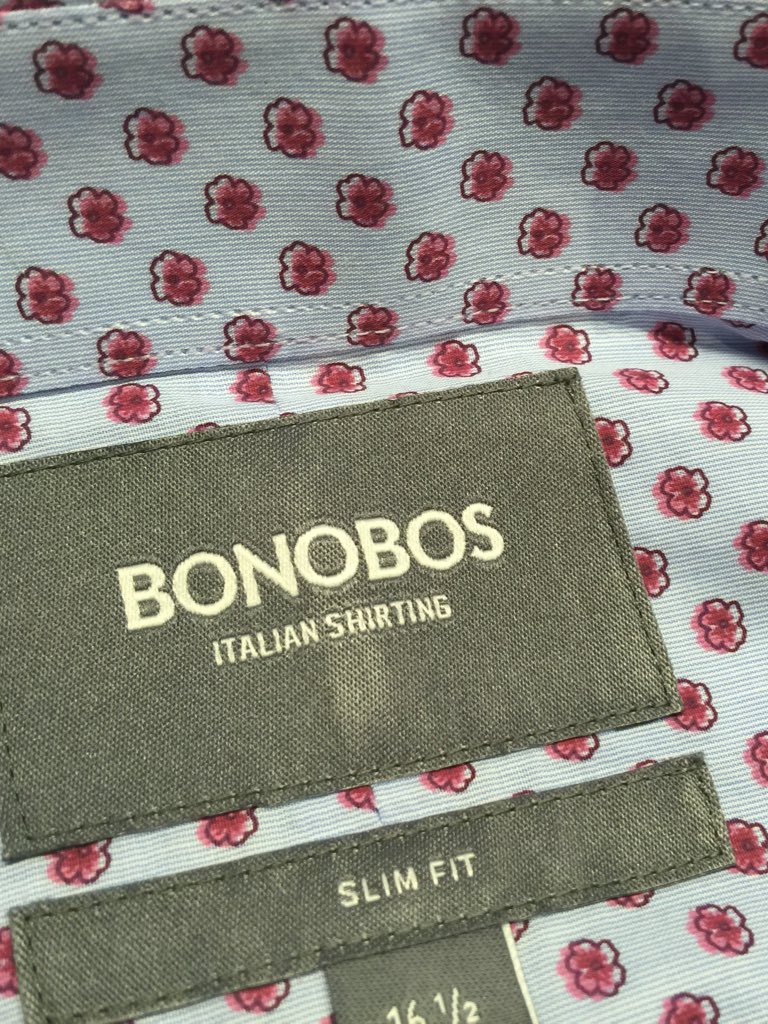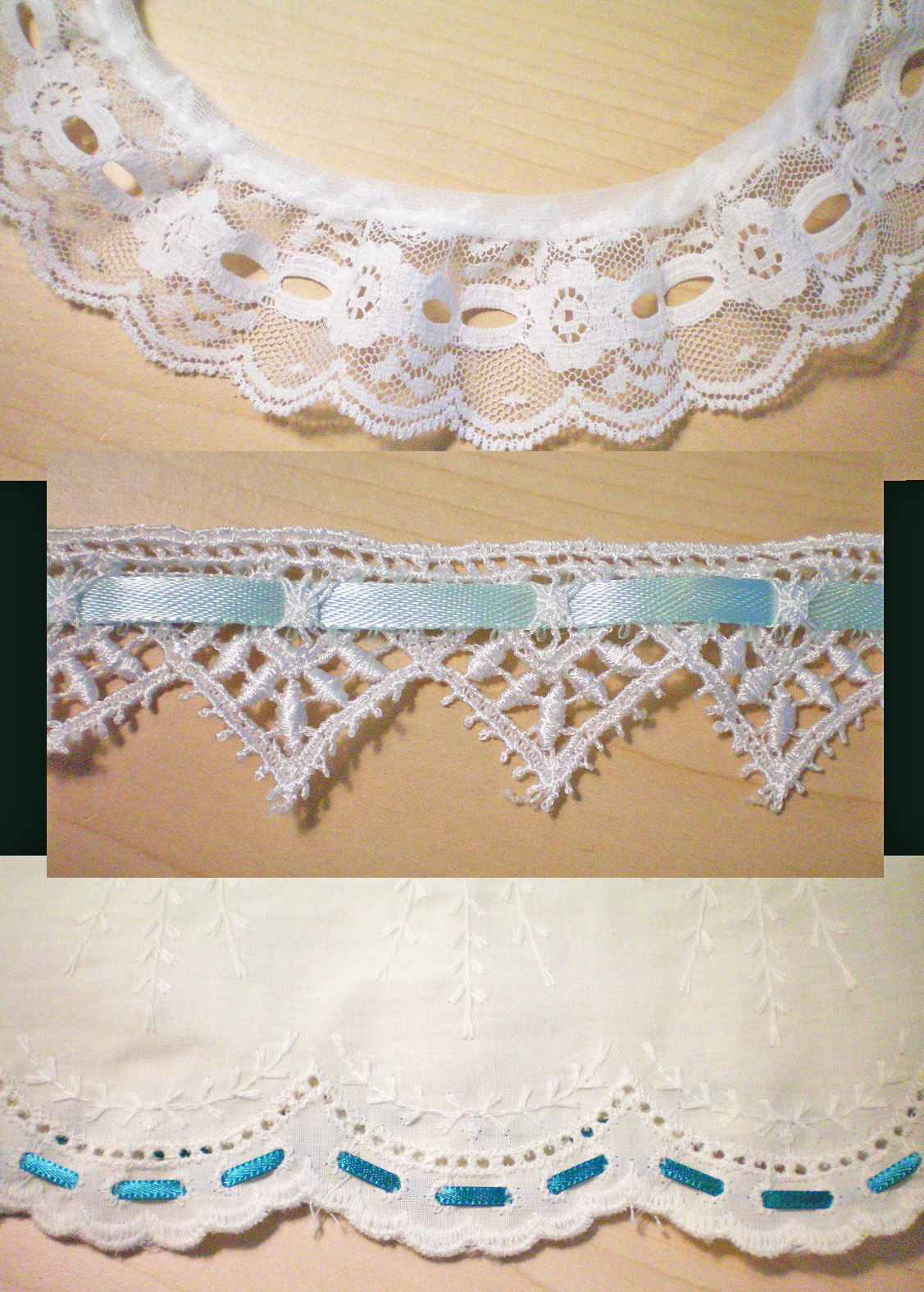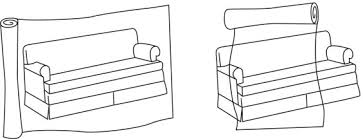400
Carpet performance is evaluated based on these three factors:
A. Fiber content, pile density, and pile height
B. Durability, serviceability, and suitability
C. Fabric construction, fiber content, and colorfastness
D. Abrasion resistance, pilling propensity, and static build-up
What is A. Fiber content, pile density, and pile height?


 B.
B. 
 D.
D. 
 B.
B. 
 D.
D. 
